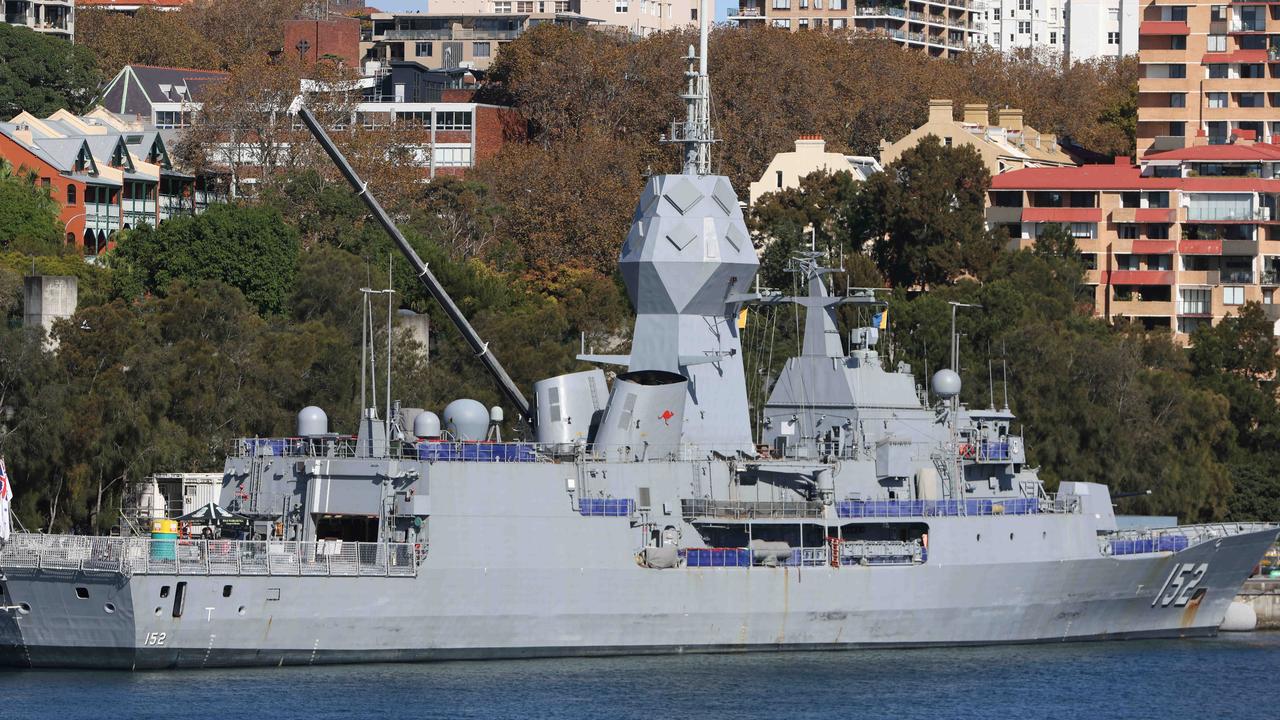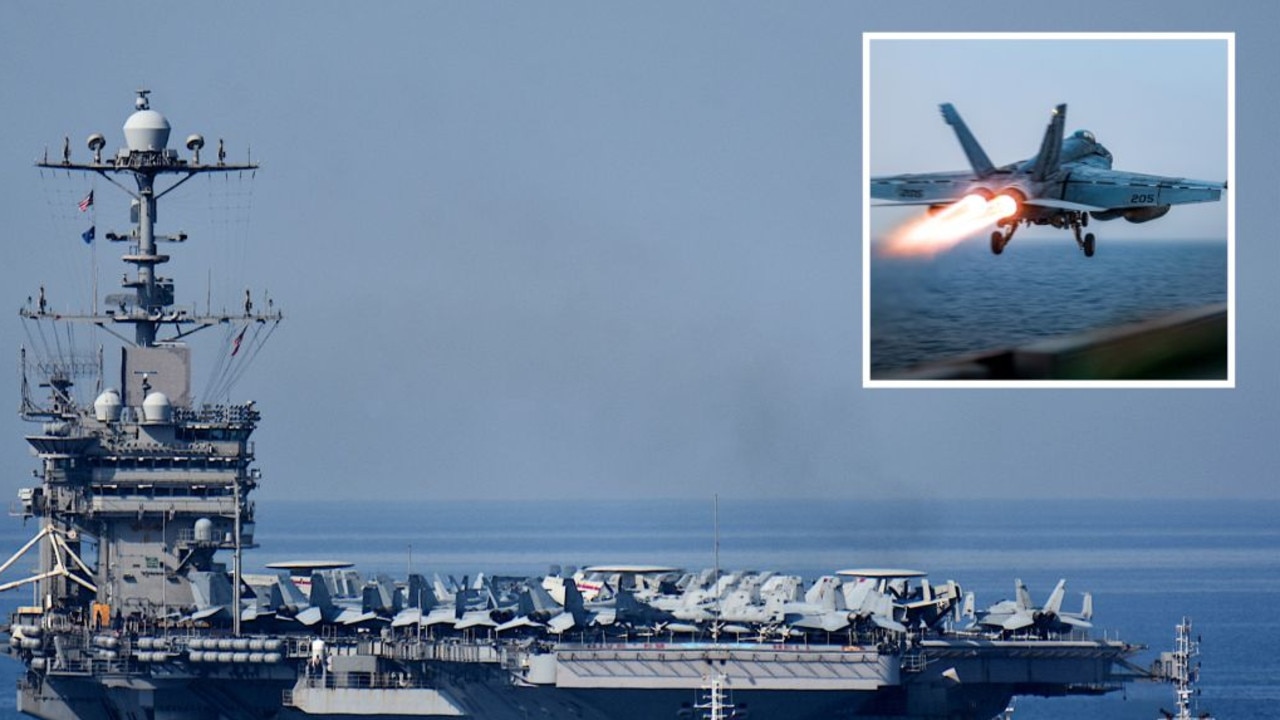Concerns over the West’s chances to defeat China
As tensions mount between China and the West, there’s growing concern that the US and Australia don’t have what it takes to defeat China.

“We lose a lot of people. We lose a lot of equipment. We usually fail to achieve our objective.”
David Ochmanek, a RAND warfare analyst and former deputy assistant secretary of defence, was damning of the West’s ability to defend Taiwan as far back as 2019.
“In our games, when we fight Russia and China, ‘blue’ (the West) gets its arse handed to it,” he declared.
This shouldn’t have been entirely unexpected.
The purpose of war games isn’t to win. It’s to learn.
Indeed, in a recent issue of The Diplomat, US Navy Commander Jeffrey Vanak wrote that such war games aren’t about failure. They are about discovering what doesn’t work – without paying the price in blood.
There’s no doubt a Taiwan war scenario is daunting. All the odds are stacked against anyone attempting to come to its aid.
But US war games in the 1930s were equally devastating, he said, even prompting some to call for an abandonment of the Far East.
“The game resulted in unacceptable losses that forced the United States to reassess its view of its adversary and the means by which it could achieve victory,” he said.
“The subsequent changes enabled US victory in the Pacific theatre.”
Are we equally willing and able to learn?
The ‘big missile’ era
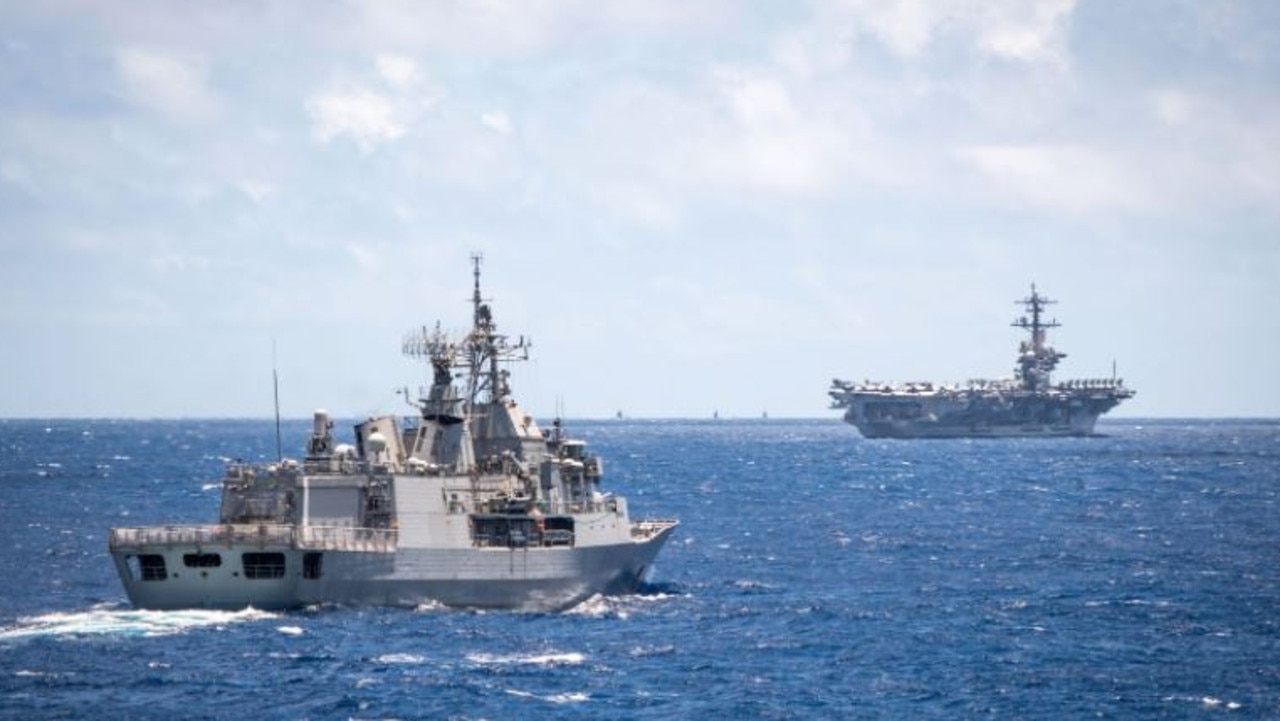
World War II was the end of an era. The ‘big gun’ battleships no longer reigned supreme. Instead, power shifted towards aircraft – and the ships that launched and sustained them.
Swift. Flexible. Numerous. Cheap. Scout aircraft could guide waves of strike aircraft from hundreds of kilometres outside the range of a battleship’s cannons.
But things have changed. Again.
Now the aircraft carrier finds itself fading from pre-eminence.
The same strength that gave carriers their power – flexible, cheap, long-range strike – now belongs to the ‘big missile’ domain.
Stealthy. Lightning fast. Extreme distances. Guided by swarms of satellites and drones. These missiles can deliver crippling blows long before a carrier can respond.
Precisely what that means is not yet entirely understood.
The surprises are sure to come fast and hard.
But military think-tanks the world over are doing the maths and running the scenarios to anticipate what they could be, particularly at sea.
“Current fleet design revolves around the aircraft-delivered bomb,” former Captain Robert Rubel argues at the US Naval Institute. “Accepted without challenge since Pearl Harbor, the logic of air attack underpinned construction of the ‘Big Blue Fleet’ and formed the basis for the Cold War navy. However, with the rise of a contentious China and revanchist Russia, both armed with large stockpiles of high-performance anti-ship, anti-aircraft, and other types of missiles, a new logic of naval war fighting may be required.”
Nowhere to run
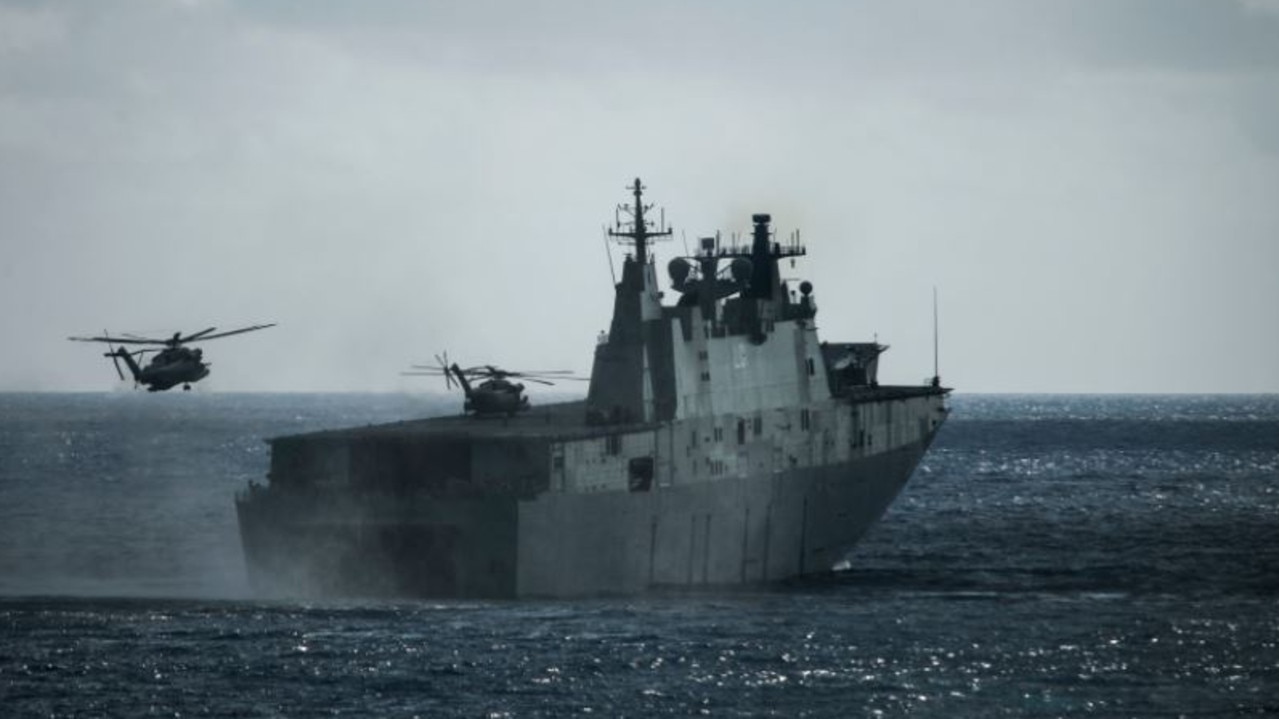
For centuries, the greatest strengths of a warship were endurance and surprise. They could turn up anywhere in the world, at any time, and put their weapons on an unprepared target.
Those days are long gone.
“Things that sail on the surface of the sea are going to have a hard time,” David Ochmanek, an analyst for the California think tank RAND, said.
“The casualties that the Chinese could inflict on us could be staggering,” added RAND analyst Timothy Heath. “Anti-ship cruise missiles could knock out US carriers and warships; surface-to-air missiles could destroy our fighters and bombers.”
The Cold War saw the introduction of powerful but limited satellite surveillance. But those were just the early days. Now, rapid-launched lunch box-sized CubeSats carrying smartphone style sensors blanket almost the entire Earth.
#PLAN#CV17#Shandong and her escort were spotted in the #SouthChinaSea about 70km east of Sanya Naval Base on Apr. 28.
— August (@August20190831) April 28, 2021
Image: ©PlanetLabs pic.twitter.com/PtrGYfEQ7h
It’s a hobby for some to track aircraft carriers through open-source satellite images. But National intelligence agencies have far greater access to such data. They likely know the position of any given ship to within a few dozen kilometres at any given time.
This makes missile attack an immense risk.
Submarines can be pre-positioned to bar their path. Drones can fly – or swim – within visual range to accurately guide missiles launched from several thousand kilometres away on to their target.
Dozens of warheads can appear out of nowhere, at any time. Yet Australia’s new Air Warfare Destroyers only carry up to 48 large missiles of the type capable of defending nearby vessels. Once used up, they cannot be resupplied at sea.
“If the missile has supplanted the aircraft-delivered bomb as the decisive weapon of the future, then future fleet design must be based on the logic of missile combat,” Captain Rubel argues.
Nowhere to hide
It’s not exactly an unknown risk. It’s been agonised over for more than half a century.
It’s the vulnerability of aircraft on the ground.
Cold War efforts to address this issue produced the rugged and relatively simple Harrier jump-jet. But the increased size and complexity of aircraft such as the F-35 Lightning has tied modern warplanes to their hangar apron strings even tighter.
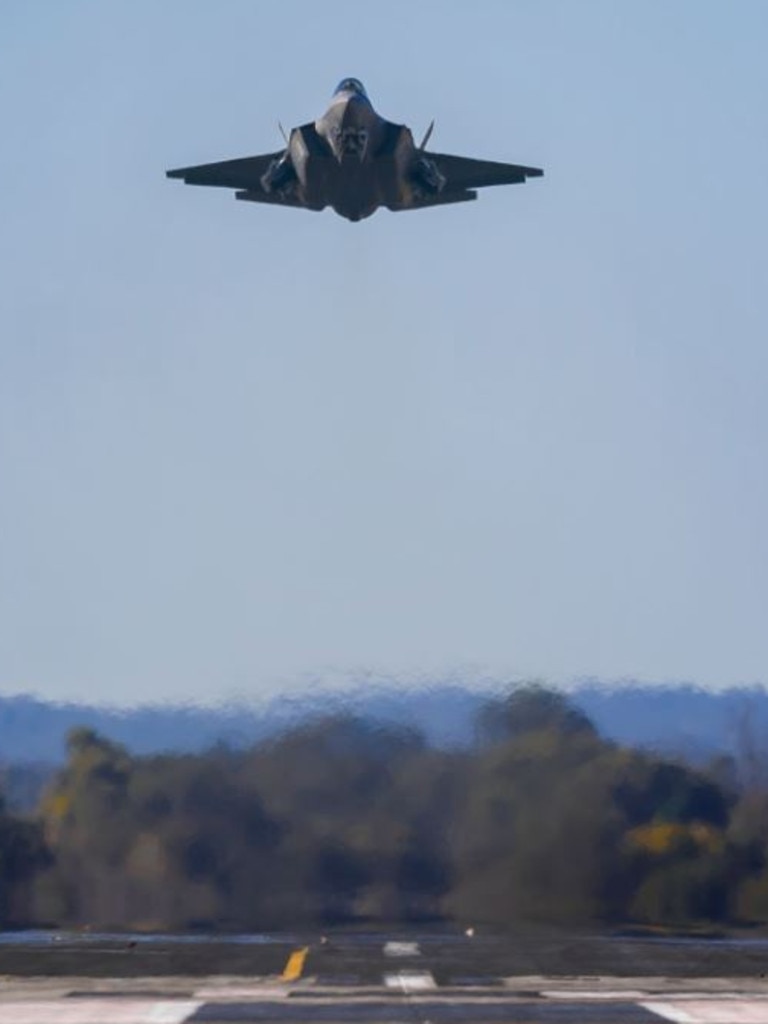
What does this mean?
Those vast tracts of tarmac, fuel and ammunition dumps, hangars and administration buildings can’t be dodged. And most don’t have serious antimissile defences.
They’re also easy to observe.
RAAF Williamtown, RAAF Tindal, Edinburgh, Scherger, Darwin, Curtin, Learmouth and Pearce – they are all open to commercial satellites cruising the skies above them, and worse.
Repeated war games over the past decade have reached a consensus: Even the best fighter in the sky gets destroyed in large numbers on the ground, usually in the opening moves of any conflict.
The F-35 cannot stay aloft forever. Its pilots need food and rest. Its delicate systems need intensive maintenance. They’re already struggling, in peacetime, to keep these machines flying. And, as soon as they land, they’re vulnerable.
They always have been, since air combat first struggled into the skies in World War I.
What’s different now is that masses of missiles – launched from land, sea or air – can reach out across entire oceans to slam into the fixed structures where the F-35s must go.
Lamentable logistics

Reinforcing Taiwan in the event of invasion will not be another Korea. Nor a Vietnam.
In both scenarios, Western forces had overwhelming control of the sea, as well as much of the air.
Taiwan, however, is deep within China’s air, sea and missile embrace.
Frogmen and paratroops will raid key Taiwanese installations. Landing craft will surge ashore in dozens of locations. Rocket and aircraft contrails will stream overhead.
Any attempt to reinforce the island democracy will be costly. Staying there will be challenging. Escaping, as at the World War II failures of Dunkirk or Crete, probably impossible.
“Amateurs talk about tactics, but professionals study logistics,” a US Marine Corps general declared in 1980.
Logistics – the ability to get what is needed, where needed, when needed – wins wars.
But logistics doesn’t get politicians elected. Or senior officers promoted.
And that’s reflected in many nations’ inventories and force structures.
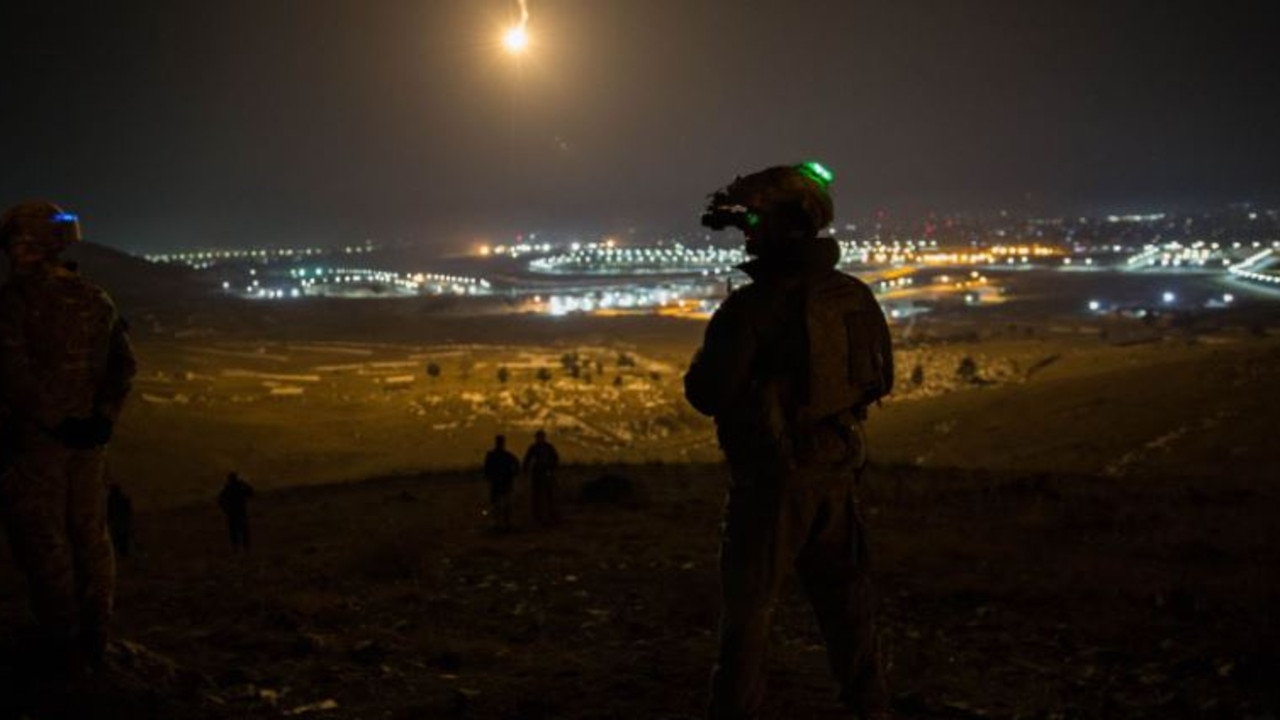
The Chinese mainland is just 150km off Taiwan’s coast.
But Taiwan is a long way from the United States or Australia.
Running shiploads of troops, ammunition, food, medicine, and many other vital goods – through thousands of kilometres of missile coverage – presents a formidable challenge.
This is why there is renewed interest in geography.
Ships have been actively surveying the narrow channels in and around Indonesia, Malaysia and the Philippines. They’re learning all they can about critical “choke points”, such as the Strait of Malacca near Singapore, and the Bashi Channel and Miyako Strait to the south and north of Taiwan.
Any attempt to “break-in” to the East and South China Seas will need to take these routes. As would any effort to “break out”.
And something as simple as explosives hidden on the sea floor could bring it all to a halt.
Shall we play a game?
The scenarios are grim. The projected outcomes dire.
“Similar to the sentiment following the 1933 war game, there is growing trepidation within some national security circles that today’s war game losses foreshadow real-world defeat,” Commander Vanak argued. “The military has and must continue to learn from recent war game losses to drive the improvements required to win a modern fight in the Pacific.”
Modern war is different. Complicated.
There are VR goggles guiding troops. AI “advice” for commanders. Complex webs of data and communication – and misinformation.
The implications and limitations of these must be explored.
“War games are not intended to determine the victors in combat but rather to test concepts, plans and people in the most demanding scenarios the military may face,” Commander Vanak wrote.
Not everyone accepts this.
There are politics at play. Egos involved. Peer pressure.
Japan’s World War II Admiral Isoroku Yamamoto fell foul of all of the above. He oversaw war games intended to test his invasion plans for Midway. But he overruled any scenario not in his favour. Including the one which resulted in his force being all but destroyed on June 4, 1942.
Modern war games reveal long-range missiles play a pivotal role. The vulnerability of static bases has been repeatedly demonstrated. As has that of surface fleets.
And that is prompting change.
New mobility concepts are being trialled, ‘distributed lethality’ tactics explored, and new technologies tested.
“All of these things are doable,” Mr Ochmanek said. “There’s no magic here, no technological breakthroughs.”

But budgets are tight and shrinking. Resources are limited. Time may be running out.
“It is imperative the (military) learns from war game losses to develop innovative solutions to overcome the myriad of challenges it faces,” Commander Vanak says. “Achieving this will require a culture that is willing to risk failure in a synthetic environment to achieve victory in the real world.”
Jamie Seidel is a freelance writer | @JamieSeidel


